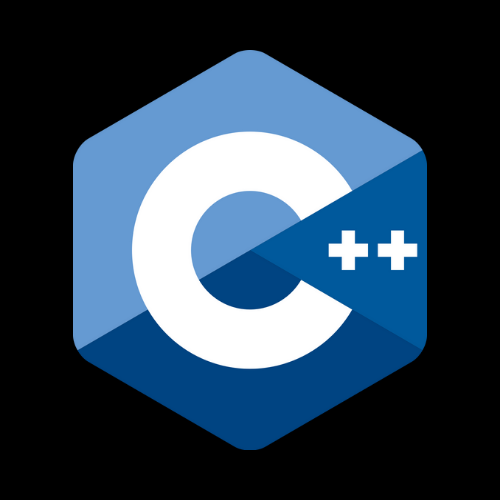Level: Beginner
1. What is Flask and what is it used for in Python web development?
2. How do you install Flask in a Python environment?
3. How do you create a basic Flask application?
4. How do you run a Flask application on a local server?
5. How do you create and render a simple HTML page using Flask?
6. How do you create a route in Flask to handle requests to the root URL ("/")?
7. How do you create a route in Flask to handle requests to a specific URL path (e.g., "/about")?
8. How do you return a simple string response from a Flask route?
9. How do you return JSON data from a Flask route?
10. How do you create a route in Flask that accepts parameters from the URL path?
11. How do you access URL parameters in a Flask route handler function?
12. How do you create a route in Flask that accepts query parameters?
13. How do you access query parameters in a Flask route handler function?
14. How do you create a route in Flask that handles POST requests?
15. How do you retrieve form data submitted via POST in Flask?
16. How do you render an HTML template using Flask's template rendering engine?
17. How do you pass variables from a Flask route to an HTML template?
18. How do you create a basic form in an HTML template and handle its submission in Flask?
19. How do you redirect from one route to another in Flask?
20. How do you create a custom error page (e.g., 404 Not Found) in Flask?
21. How do you set cookies and retrieve cookies in Flask?
22. How do you set session variables and retrieve session variables in Flask?
23. How do you create a file upload feature in Flask?
24. How do you handle file uploads and save uploaded files using Flask?
25. How do you use Flask's request object to access incoming request data?
26. How do you use Flask's url_for function to generate URLs for routes?
27. How do you create a blueprint in Flask and register routes with it?
28. How do you organize Flask routes into multiple files or modules?
29. How do you use Flask's before_request and after_request decorators?
30. How do you enable debug mode in a Flask application?
31. How do you secure a Flask application by setting a secret key?
32. How do you use Flask's abort function to handle HTTP errors?
33. How do you use Flask's send_file function to send files to clients?
34. How do you create custom response headers in Flask?
35. How do you use Flask's redirect function to perform URL redirection?
36. How do you use Flask's url_for function to create links to static files?
37. How do you create and use Flask blueprints to organize routes and views?
38. How do you use Flask's flash and get_flashed_messages functions to display messages to users?
39. How do you set up and configure a Flask application to use a database (e.g., SQLite, PostgreSQL)?
40. How do you perform database queries and retrieve data in Flask using SQLAlchemy?
41. How do you use Flask's make_response function to create custom HTTP responses?
42. How do you handle form validation and display validation errors in Flask?
43. How do you implement user authentication and authorization in Flask?
44. How do you use Flask's @login_required decorator to restrict access to routes?
45. How do you handle asynchronous tasks and background jobs in Flask?
46. How do you set up and configure logging in a Flask application?
47. How do you deploy a Flask application to a production server (e.g., using Gunicorn)?
48. How do you implement error handling and logging in a Flask application?
49. How do you create and use Flask extensions to add additional functionality (e.g., Flask-Mail, Flask-SQLAlchemy)?
50. How do you use Flask's current_app proxy to access application-specific data?


